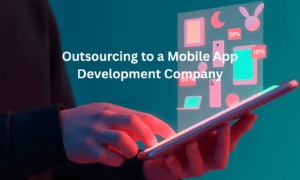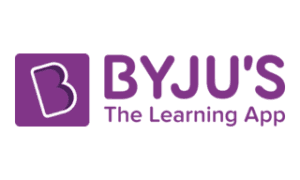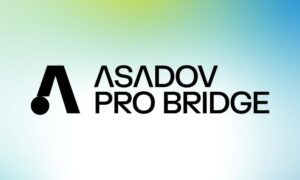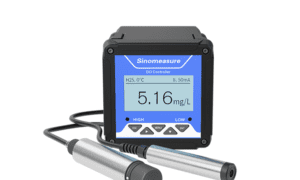Introduction
Electronic signatures revolutionized document approvals when digital transformation became a strategic priority. From streamlining contract workflows to enabling remote collaboration, eSignature tools have helped organizations adapt to increasingly paperless operations. But while these tools were a leap forward a decade ago, many businesses are now encountering new bottlenecks, despite having implemented industry-recognized platforms.
As digital ecosystems grow more complex and expectations around speed, integration, and compliance increase, relying on outdated eSignature systems can quietly hinder productivity. The reality is that many organizations have outgrown the solutions they first adopted.
This article explores five key signs that your current eSignature platform may no longer be keeping up with your evolving needs.
The Growing Pressure on Agreement Workflows
Modern business operations demand more than just capturing a signature electronically. Organizations today manage multifaceted workflows across legal, sales, procurement, HR, and operations, each requiring precision, security, and speed. As these departments increasingly depend on digital agreements to function smoothly, friction in document processing can have widespread effects.
Some of the growing challenges include:
- Rising Volume of Agreements: Scaling teams need tools that can handle large volumes without performance degradation.
- Complex Document Types: Beyond standard contracts, companies manage NDAs, compliance forms, regulatory documents, and multi-party agreements.
- Security and Compliance Demands: Stricter regulatory environments require granular audit trails, encryption standards, and geographic data residency.
- Integration Expectations: Businesses expect eSignature tools to work seamlessly with their CRM, ERP, CLM, and collaboration platforms.
These pressures are pushing decision-makers to re-evaluate the tools that once felt “good enough.”
The Limitations of Legacy eSignature Tools
Legacy eSignature providers like DocuSign and Adobe Sign helped define the category, offering a digitized alternative to manual processes. But over time, user expectations have evolved, and many of these platforms have struggled to adapt at the pace modern enterprises demand.
Common limitations include:
- File Size Restrictions: Many tools cap upload sizes at 25MB or lower, complicating processes that require high-resolution documents or attachments.
- Limited Automation: Routing workflows or conditional signing logic often require custom coding or expensive add-ons.
- Rising Subscription Costs: As license tiers grow, the cost-to-value ratio becomes a recurring concern, especially for scaling teams.
- Surface-Level Integrations: Native integrations may be limited, requiring workarounds or middleware to connect with enterprise platforms.
To see how these legacy options compare, view this comparison of docusign and adobe sign.
These limitations are more than just minor frustrations—they can slow down business cycles, introduce risk, and increase operational costs.
5 Clear Signs You’ve Outgrown Your Legacy eSignature Platform
How do you know it’s time to move on? Below are five telltale signs that your current solution is no longer aligned with your organization’s needs:
1. You Hit File Size Limits Regularly
If your teams frequently receive upload errors or need to compress files manually before sending, it’s a sign your platform can’t keep up. Modern workflows often involve large PDFs, scanned documents, and high-resolution attachments—limitations here slow down operations unnecessarily.
2. Your Workflows Stall Without Custom Coding
Some platforms require scripting or developer support to handle even moderately complex routing or conditional workflows. This creates unnecessary dependency on IT and prevents business users from owning their processes.
3. You’re Paying More Without Seeing More Value
Subscription costs are rising, yet many organizations aren’t using the full capabilities of their plans. Worse, advanced features often come with extra fees or premium tiers, straining budgets without delivering measurable returns.
4. You Can’t Integrate with Key Systems
If your eSignature solution doesn’t connect smoothly with platforms like Salesforce, SAP, Microsoft Teams, or your contract lifecycle management tools, you’re losing out on automation and efficiency gains. This disconnect leads to duplicate data entry and manual handoffs.
5. You Lack Visibility into Document Status
Modern agreement tools offer dashboards, analytics, and granular audit trails. If your current system doesn’t provide real-time insights into where agreements stand—or struggles to meet compliance and audit demands—you’re flying blind.
Real-World Shift: Why Enterprises Are Moving On
Organizations across industries—from manufacturing to healthcare—are reassessing their digital agreement tools as part of broader digital transformation strategies. In many cases, these reassessments are driven by:
- Pressure to reduce turnaround time: Enterprises report cutting signature cycles by over 50% after switching to platforms with better automation and user experience.
- Demand for deeper integrations: Seamless connection to existing tech ecosystems is now a must-have, not a luxury.
- Security and compliance needs: Enhanced audit trails, encryption, and geographic compliance (e.g., GDPR, HIPAA) drive migrations to newer platforms.
Leading alternatives are stepping up to meet these needs with modern architectures, high-volume capacity, and comprehensive integration ecosystems. Next-gen eSignature solutions like Certinal, for example, support uploads up to 250MB, offer 100+ out-of-the-box integrations, and are recognized as a Leader in IDC MarketScape.
Conclusion: When It’s Time to Reevaluate
If your current eSignature provider is holding you back—whether through technical constraints, integration gaps, or mounting costs—it may be time to reconsider your approach. Today’s agreement workflows require more agility, transparency, and scalability than legacy tools were built to provide.
Organizations that make the switch report faster business cycles, smoother operations, and improved user satisfaction. The tools you use should evolve with your business—not stand in the way of it.
Book a demo to explore how Certinal can streamline your agreement workflows and support your digital growth.



































